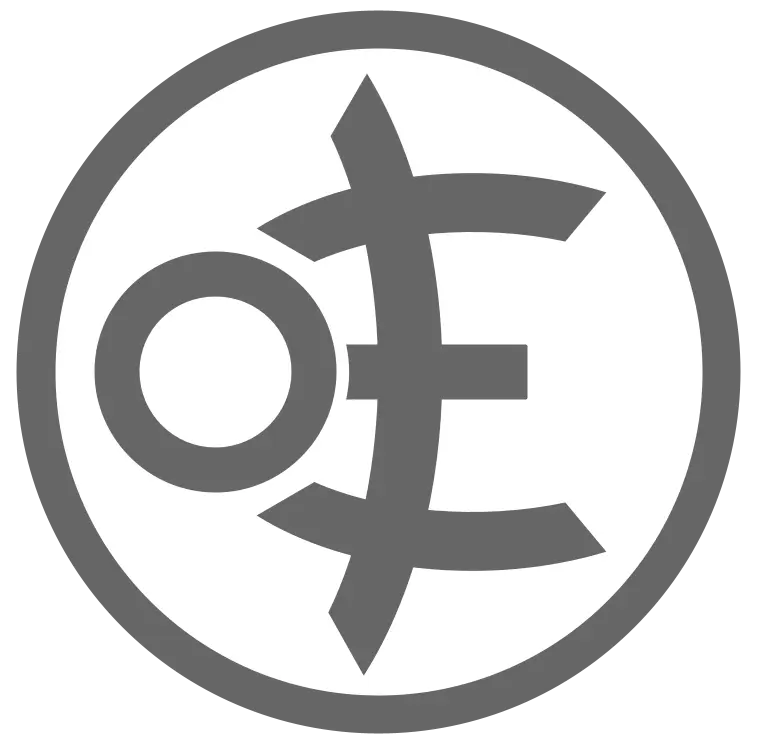image transcription: picture of a statue of the Hindu deity Durga. The statue has ten arms.
caption underneath the picture reads: in Hinduism, Durga is revered as the goddess of war, motherhood, and protection. But did you know she also wrote the default key bindings for Emacs?
Just get an emacs pedal https://www.emacswiki.org/emacs/FootSwitches
I did not know those existed. But I’m not surprised Emacs users would be seeking them out.
Nor am I surprised that an entire writeup on Emacs-triggered hand strain is one of the hyperlinks on the article you linked.
I’m not surprised Emacs users would be seeking them out
They aren’t. Someone did it, probably more than one person, but if you look hard enough you can find people who do all sorts of weird stuff. It’s not an “Emacs thing” at all.
This and the joke itself really make me wonder about bizarre Emacs (and Emacs users) that exists in people’s heads.
I see you use capital letters in your post, so you presumably used a modifier key (
shift) - unless you do modal caps with CapsLock all the time. I don’t know why people find that normal and easy, but as soon as it’sCtrlorAltthey get in a tizzy and start talking about RSI.Funny how over the decades I’ve known many Emacs users, and many RSI sufferers, but the overlap in my Venn diagram of that is exactly one person.
I see you use capital letters in your post, so you presumably used a modifier key (shift) - unless you do modal caps with CapsLock all the time. I don’t know why people find that normal and easy, but as soon as it’s Ctrl or Alt they get in a tizzy and start talking about RSI.
I know why: <Ctrl> and <Alt> are further from the home row than <Shift>. <Shift> is millimeters from the pinkie finger on either side. Your pinkie can reach that thing while the other three fingers stay put. <CapsLock> is in a similarly easy position, (and, in fact, another bit of Emacs advice I ran across is “switch <CapsLock> with <Ctrl>”, which feels like it wouldn’t be “often recommended” for Emacs users if default Emacs was conducive to the standard qwerty keyboard layout.)
The bottom row of the keyboard is just too far from the home row. <Right Alt> strains my right hand so much that I rarely reach for it instinctively, and using my left? Gotta say, whoever chose (zap-to-char) and (scroll-down-command) as the punishments upon any failed attempt at reaching M-x really knew how to intimidate the newcomers and the slow-learners (like me) to these heavy-duty text editors.
The same story goes for <Ctrl>. The Odyssey that stands between my right pinkie and <Right Ctrl> is so easily blown off-course that said pinkie never volunteers to embark when I think “<Ctrl>” for fear it will never see its wife Penelope again… which means I end up typing C-x (and all that follows) entirely with my left hand… which stretches my left hand off the home row and trashes my accuracy.
But I feel like I should note at this point: I have large hands and unusually broad shoulders, and if one of my hands is resting on the home row in a comfortable position (75-80 degrees), the other one is reaching the home row at a stark diagonal (50-60 degrees). Maybe I’m the unusual one. Maybe I’m a rare kind of person who needs to be using a rare keyboard to accommodate my stature. And maybe everyone else can use Emacs just fine (… though, again, I note: there are a few too many ergonomic hacks for Emacs available online for that to be the case).
Main point: for me – and apparently a decent number of forum users giving each other Emacs advice online – the bottom-row modifiers are hard to hit. And it should come as no surprise, considering how far those keys are from the home row.



